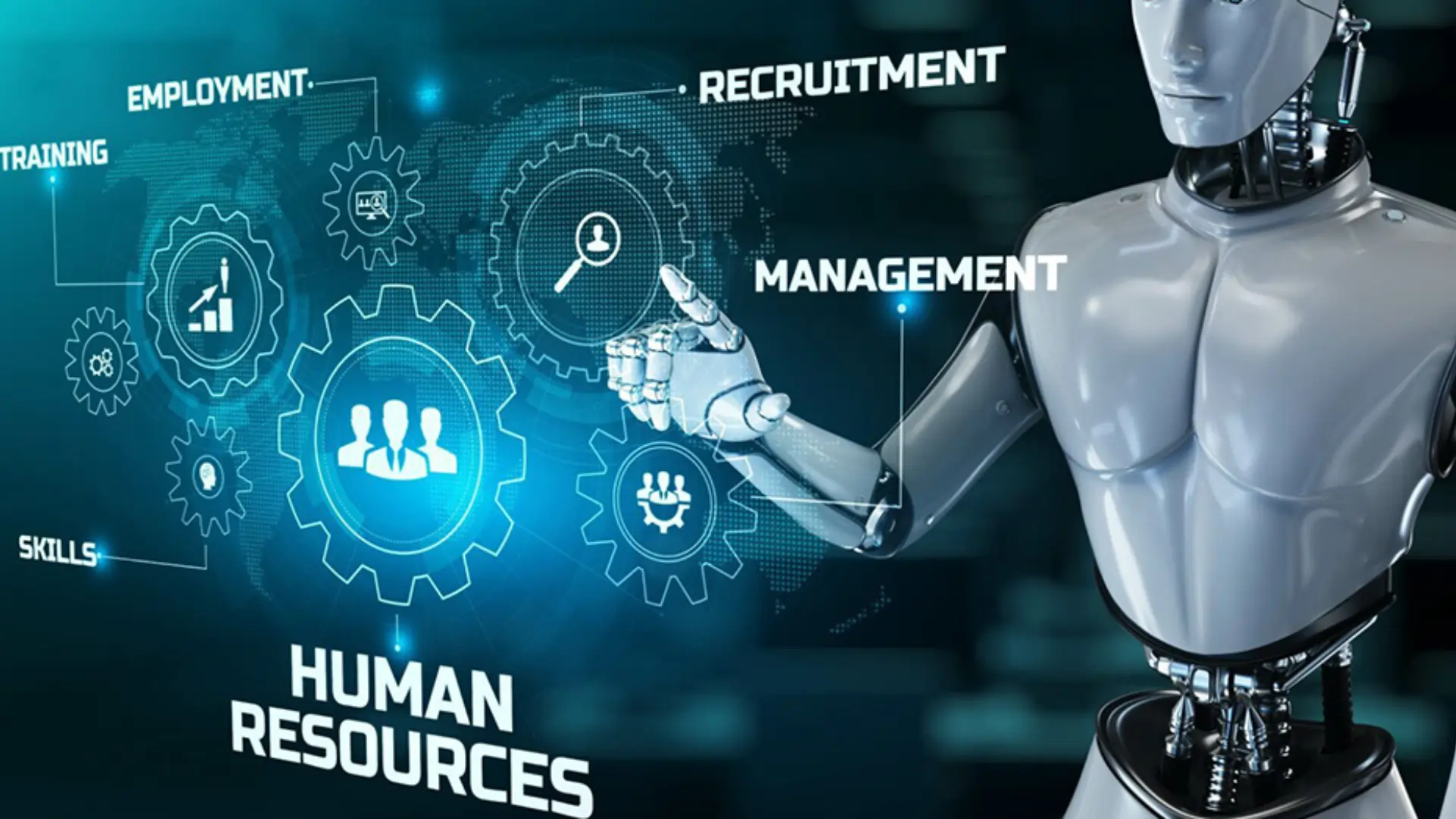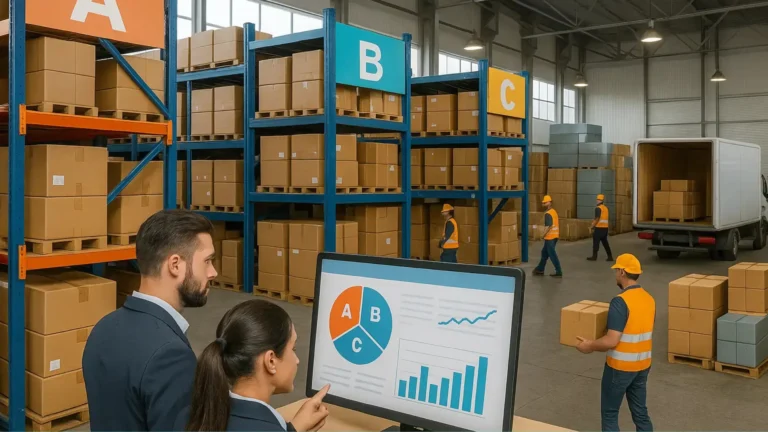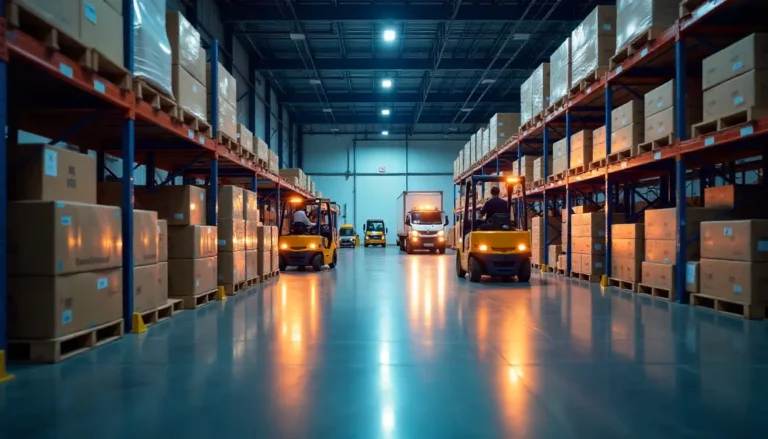
Robotic Process Automation in HR
The landscape of Human Resources (HR) is undergoing a significant transformation, driven by the integration of artificial intelligence (AI) and robotic process automation (RPA). AI-driven RPA is not just about automating repetitive tasks; it’s about fundamentally reshaping HR processes, enhancing efficiency, and enabling HR professionals to focus on strategic initiatives.
Traditionally, HR departments have been burdened with a multitude of time-consuming and manual tasks, such as data entry, payroll processing, and candidate screening. These tasks, while essential, often detract from the core functions of HR, which include talent acquisition, employee engagement, and strategic workforce planning. This is where AI-driven RPA steps in, offering a powerful solution to streamline operations and optimize HR workflows.
Automating Repetitive Tasks and Enhancing Efficiency
AI-driven RPA can automate a wide range of HR tasks, from onboarding new employees to processing expense reports. By leveraging AI algorithms, RPA bots can understand and interpret data, make decisions, and execute tasks with minimal human intervention. This automation leads to significant improvements in efficiency, reducing errors, and freeing up HR professionals to focus on more strategic activities.
For example, in the realm of recruitment, AI-powered RPA can automate the initial screening of resumes, identifying qualified candidates based on predefined criteria. This not only saves time but also improves the accuracy of the screening process, ensuring that only the most suitable candidates are considered for further evaluation. Similarly, in payroll processing, RPA can automate data entry and calculations, reducing the risk of errors and ensuring timely and accurate payments.
Improving Employee Experience and Engagement
Beyond automating tasks, AI-driven RPA can also enhance the employee experience. By providing instant access to information and automating routine processes, RPA can streamline interactions between employees and HR, fostering a more positive and efficient workplace.
For instance, AI-powered chatbots can answer employee queries regarding benefits, policies, and procedures, providing instant support and reducing the need for human intervention. This not only saves time for HR professionals but also provides employees with immediate access to the information they need. Additionally, RPA can automate the onboarding process, ensuring that new employees have a seamless and efficient experience from day one.
Enabling Data-Driven Decision Making
AI-driven RPA can also provide valuable insights into HR data, enabling data-driven decision making. By analyzing vast amounts of data, AI algorithms can identify trends, patterns, and anomalies, providing HR professionals with the information they need to make informed decisions.
For example, AI can analyze employee performance data to identify high-performing individuals and potential areas for improvement. It can also analyze employee feedback to identify areas where the organization can improve its culture and engagement. This data-driven approach allows HR professionals to make more strategic decisions, leading to improved employee satisfaction and organizational performance.
The Future of HR with AI-Driven RPA
The integration of AI and RPA is reshaping the future of HR. By automating repetitive tasks, enhancing efficiency, improving employee experience, and enabling data-driven decision making, AI-driven RPA is empowering HR professionals to focus on strategic initiatives and drive organizational success. As AI technology continues to advance, we can expect to see even more innovative applications of AI-driven RPA in HR, further transforming the way we manage human resources.





